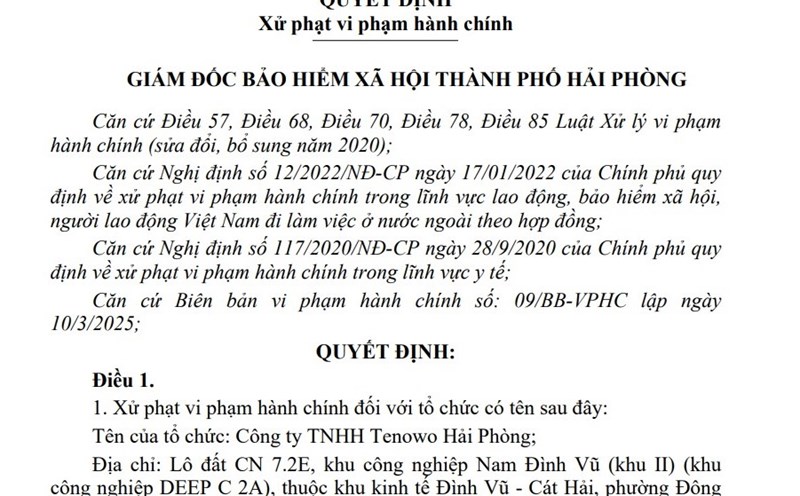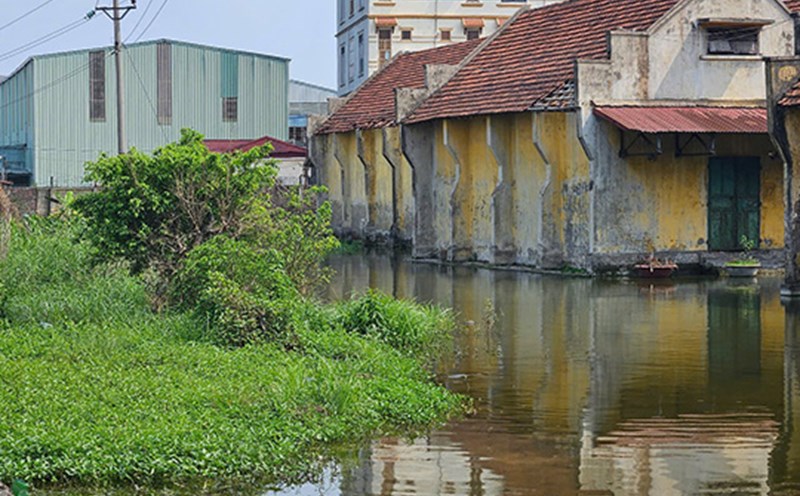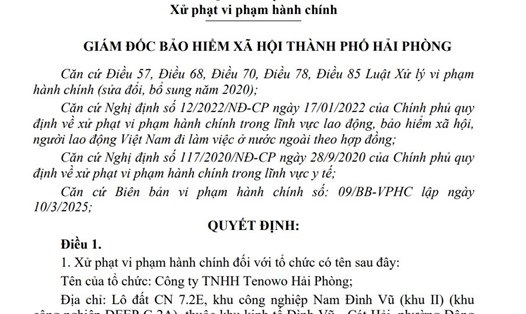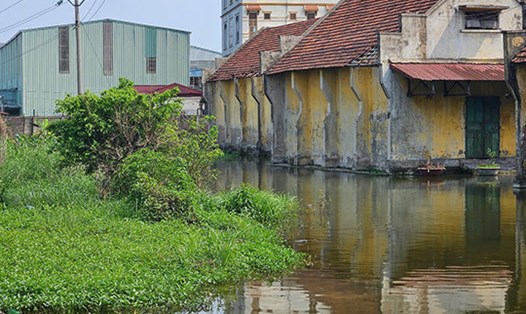Red jelly " fell", price equal to white jelly
On the afternoon of March 26, at Hai Thanh Jellyfish Factory (Hai Son Ward, Do Son District, Hai Phong), Mr. Luu Dinh Phong - an employee of the jellyfish Factory - was checking the salted jellyfish, preparing to deliver them to customers. After 8 years of working in a jelly factory, for Mr. Phong, this year's jelly bean season has many special features more than previous years.
"This year's jellyback season is not only later but also very special. Because in previous years, fishing vessels were mainly white rams, and there were few red rams. But this year, on the contrary, white khmer has returned to the ship sparsely, making up for a lot of red khmer landing, accounting for 2/3 of the khmer caught. On the most recent trip, the ship brought 160 red jellyfish and 90 white jellyfish" - Mr. Phong said.
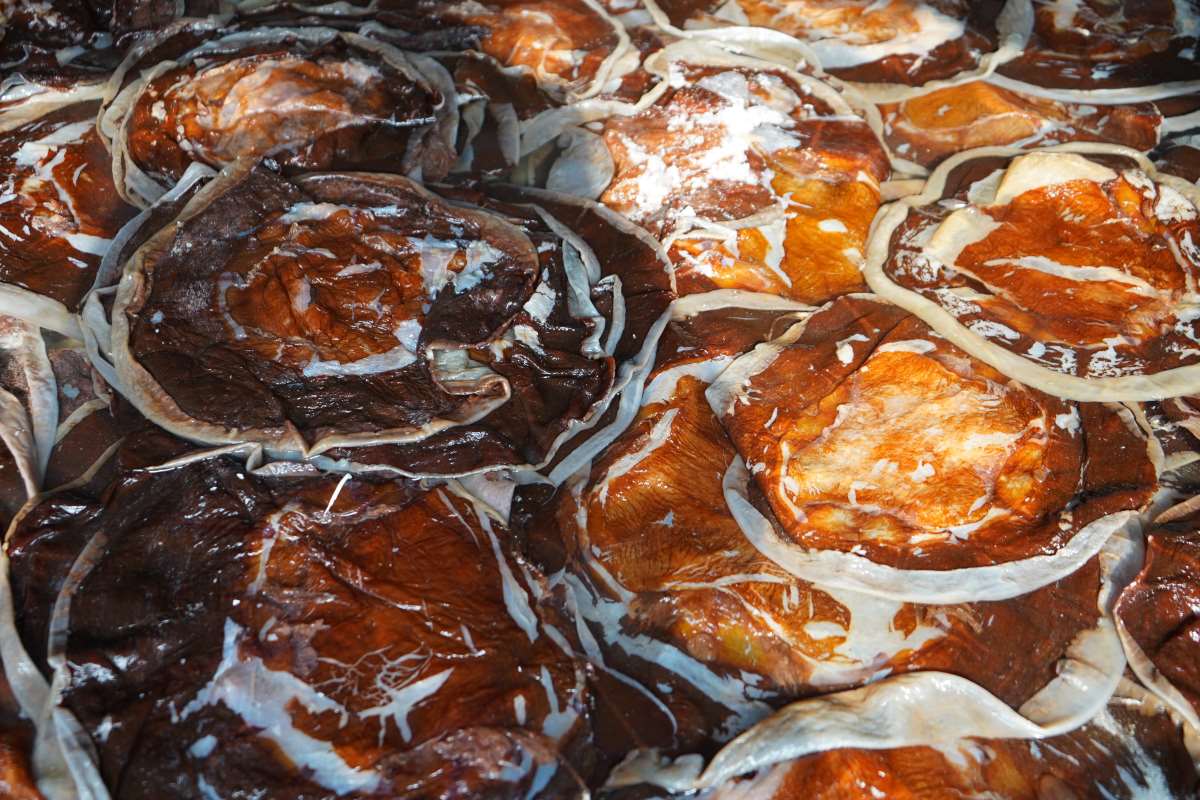
At Binh Phuong workshop, in the same Hai Son ward, 2 large tanks are also used for salting red tides. Holding a large red jellyfish in the hand with a rice grain in hand, Mr. Nguyen Van Nguyen - a jellyfish factory employee - said that the jelly bean season lasts from March to May every year. Compared to previous years, this year there are many red and white khmer "missed".
According to fishermen in the jelly processing area at Ngoc Hai fishing port, it has been 25 years since red jelly has appeared so often. Red khmer is said to have higher nutritional value than white khmer. Many people prepare red jelly bean soup as a folk remedy for treating headaches and faculties. However, the purchase price of red jelly in jelly factories is equal to that of white jelly, an average of 20,000 VND/jelly. The price of processed Jelly, salt, and seafood sold in traditional markets is 80,000 - 100,000 VND/kg.
Hoping for a stable income from the jelly salt industry
According to the representative of the Hai Son Ward People's Committee, in the 2000s, processed products from jellyfish found stable output thanks to export and display at domestic stores and supermarkets. At one point, the whole ward had 14 jelly processing workshops, more than 100 ships, boats, rafts, and areas specializing in jelly fishing. The profession of catching and processing jellyfish creates seasonal jobs, bringing in an income of 7-8 million VND/month for local workers
However, up to now, the number of people working in the profession has decreased. Hai Son ward has only 4-5 jelly processing workshops operating regularly. The number of mermaid catching vessels has also decreased by dozens of times.
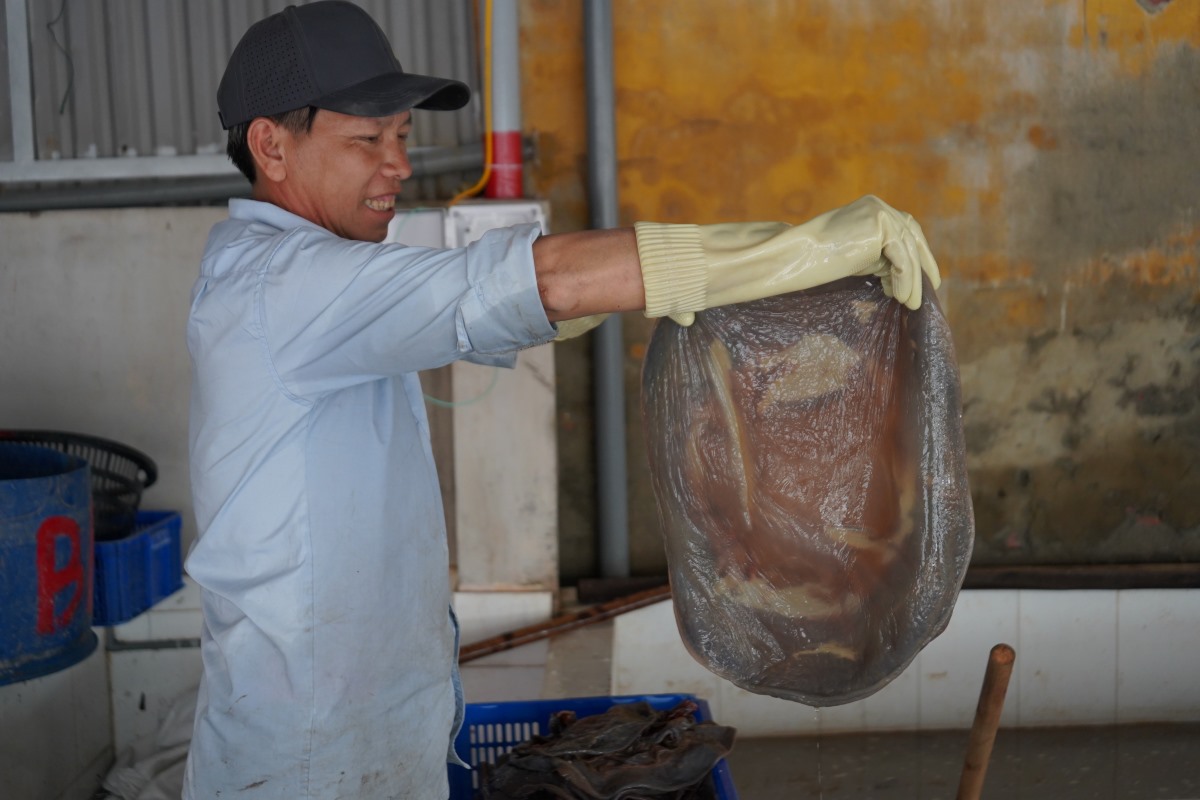
According to the leader of Hai Son ward, this year, the Jade is late, the fishing output has decreased. However, local fishermen are somewhat comforted when red khmer appears again, bringing high economic value as well as stable income to the people.
Salted Jelly has long been a specialty of Hai Phong City, appearing only once a year from March to May. These days, salted jelly has appeared in most traditional markets, and is popular with many diners. Ms. Thuy - owner of Tran Nhat Duat Street eater (Ngo Quyen District) - said: "After more than 10 years of selling salted and braised jellyfish, this year, I have only been able to sell red jellyfish. Many diners were initially surprised when they first saw red jellyfish, but were amazed when enjoying a piece of crispy jellyfish with pineapple, coconut pulp and dipping sauce, and suddenly thought that red jellyfish was more delicious than white jellyfish with salt and bread as every year".


